



Note: The Risk Matrix is produced by the Risk and Insurance® editorial team. Liberty Mutual Insurance is the presenting sponsor and has no responsibility for the content.

frequency
impact

Poor Air Quality

Wildfires — and worsening air quality in
turn — can trigger a wide range of problems, including business interruption, event cancelations and increased absenteeism, and lower productivity for those who are able to get to work.
Learn More






impact
Inflated Cost to Rebuild
Sinkholes
& Erosion
Workers’ Comp Claims
Supply Chain Disruptions
Poor Air Quality
Vector-Borne Diseases
frequency

Following a major event like a hurricane, the sudden spike in demand and tightening of supply can send construction costs soaring. Add in high inflation and many property owners could find themselves dangerously underinsured.
Inflated Cost to Rebuild
Declining Occupancy







Note: The Risk Matrix is produced by the Risk and Insurance® editorial team. Liberty Mutual Insurance is the presenting sponsor and has no responsibility for the content.
Following a major event like a
hurricane, the sudden spike in demand and tightening of supply can send construction costs soaring. Add in high inflation and many property owners could find themselves dangerously underinsured.

Inflated Cost
to Rebuild
Erosion due to coastal storms can eat
away at waterfront properties, and increased flooding and greater reliance on groundwater can trigger sinkhole collapse, damaging property in ways that can be severe and even deadly.

Sinkholes & Erosion
Inland waterways are vital to the distribution of fuel and food, but falling water levels threaten many of these routes. Barge traffic on the Mississippi has been repeatedly interrupted by low water levels in recent seasons.

Supply Chain Disruptions
One study in California found that when temperatures exceeded 90ºF, accidents rose by 9%. Injuries and illness due to wildfires and tornadoes may also rise as climate change worsens, potentially elevating workers’ compensation risks.

Workers’ Comp Claims
In growing urban areas, impermeable surfaces channel surging rainwaters that can disperse pesticides and fertilizers, send bacteria from sewage and septic systems into lakes and reservoirs, and heighten the risk of storage tank failure.

Environmental Exposures
Global warming could give
creatures accustomed to tropical and subtropical climates an opportunity to migrate into regions closer to the poles — and that includes the insects responsible for spreading a host of diseases.

Vector-Borne Diseases
Unfinished structures are especially vulnerable to high winds and heavy precipitation, and extreme temperatures can warp joints out of alignment. Even something as seemingly innocuous as more rain can cause costly delays.

Construction Site Losses
Climate anxiety affects more than two-thirds of us, based on a study of 2,000 U.S. adults. But for those exposed to the catastrophic effects of climate change, the mental health consequences can be even more severe, including greater risk of PTSD.

Mental Health Problems
Construction Site Losses


High impact
Low frequency

Wildfires — and worsening air quality in turn — can trigger a wide range of problems, including business interruption, event cancelations and increased absenteeism, and lower productivity for those who are able to get to work.
Poor Air Quality
High impact
High frequency

Learn More

Erosion due to coastal storms can eat away at waterfront properties, and increased flooding and greater reliance on groundwater can trigger sinkhole collapse, damaging property in ways that can be severe and even deadly.
Sinkholes & Erosion

One study in California found that when temperatures exceeded 90ºF, accidents rose by 9%. Injuries and illness due to wildfires and tornadoes may also rise as climate change worsens, potentially elevating workers’ compensation risks.
Workers’ Comp Claims
High impact
Low frequency

Inland waterways are vital to the distribution of fuel and food, but falling water levels threaten many of these routes. Barge traffic on the Mississippi has been repeatedly interrupted by low water levels in recent seasons.
Supply Chain Disruptions
High impact
High frequency

Global warming could give creatures accustomed to tropical and subtropical climates an opportunity to migrate into regions closer to the poles — and that includes the insects responsible for spreading a host of diseases.
Vector-Borne Diseases
Low impact
Low frequency

Hospital and long-term care residents have complex needs that make relocation especially challenging. As recent events have shown, evacuating the most vulnerable in the path of a violent storm presents challenges.
Difficult Evacuations
Low impact
Low frequency

In growing urban areas, impermeable surfaces channel surging rainwaters that can disperse pesticides and fertilizers, send bacteria from sewage and septic systems into lakes and reservoirs, and heighten the risk of storage tank failure.
Environmental Exposures

Unfinished structures are especially vulnerable to high winds and heavy precipitation, and extreme temperatures can warp joints out of alignment. Even something as seemingly innocuous as more rain can cause costly delays.
Construction Site Losses
Low impact
High frequency
Power Grid Outages
Learn More

Learn More


Learn More

Learn More

Learn More













Freezes, hailstorms, high winds and water shortages have all disrupted the power grid in different ways. At best, power loss is a source of business interruption; at worst, it can destroy inventory, property and equipment.
Power Grid Outages
Low impact
High frequency

Climate anxiety affects more than two-thirds of us, based on a study of 2,000 U.S. adults. But for those exposed to the catastrophic effects of climate change, the mental health consequences can be even more severe, including greater risk of PTSD.
Mental Health Problems
Low impact
High frequency
Environmental Exposures

Mental Health Problems

High impact
Low frequency
Low impact
Low frequency

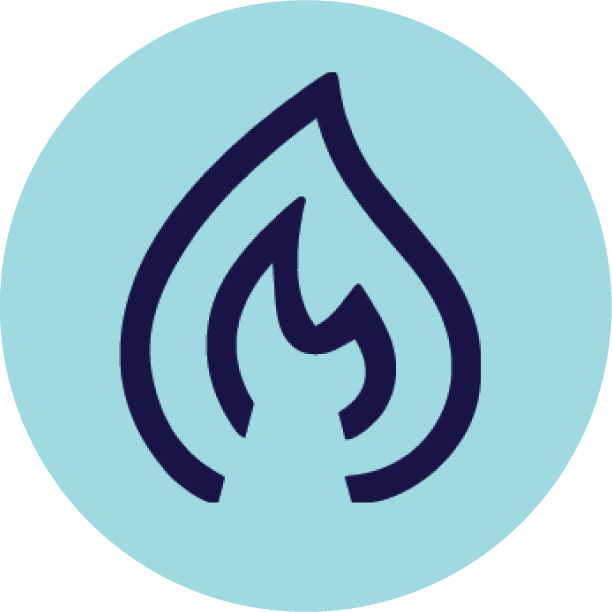
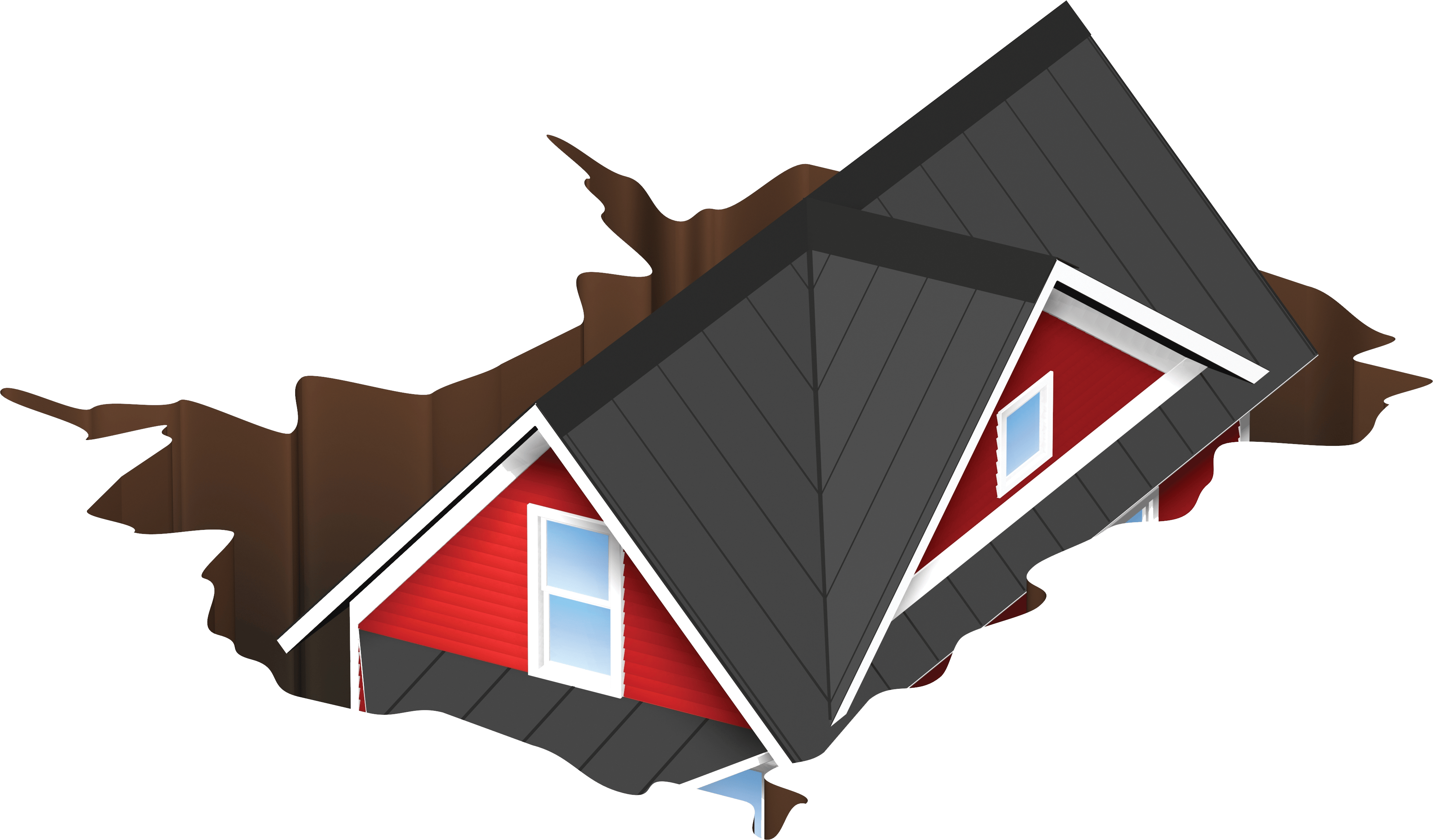
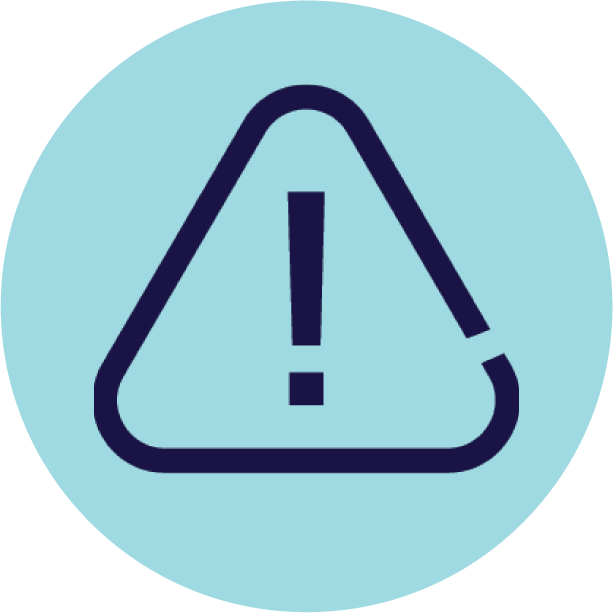

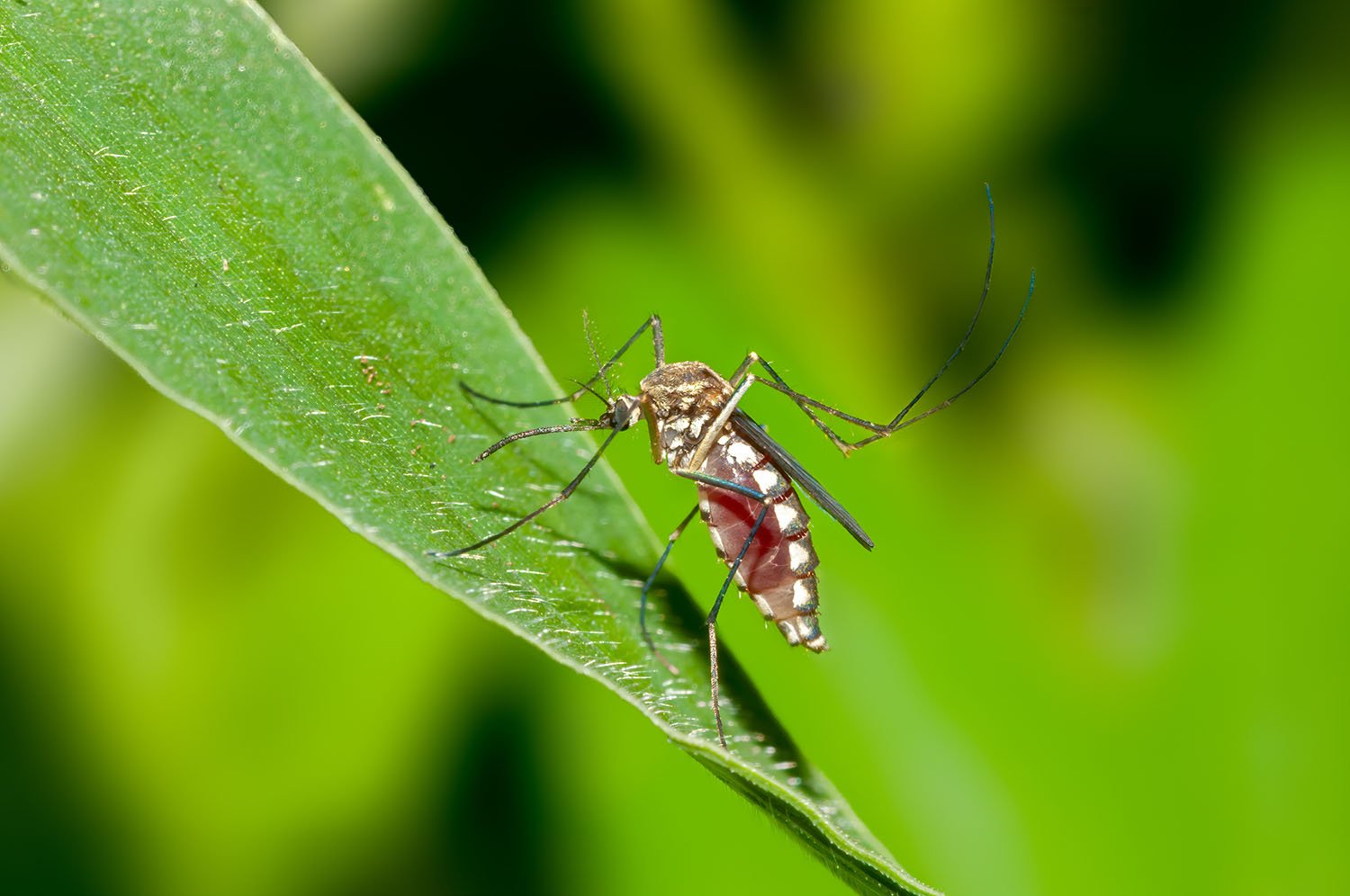

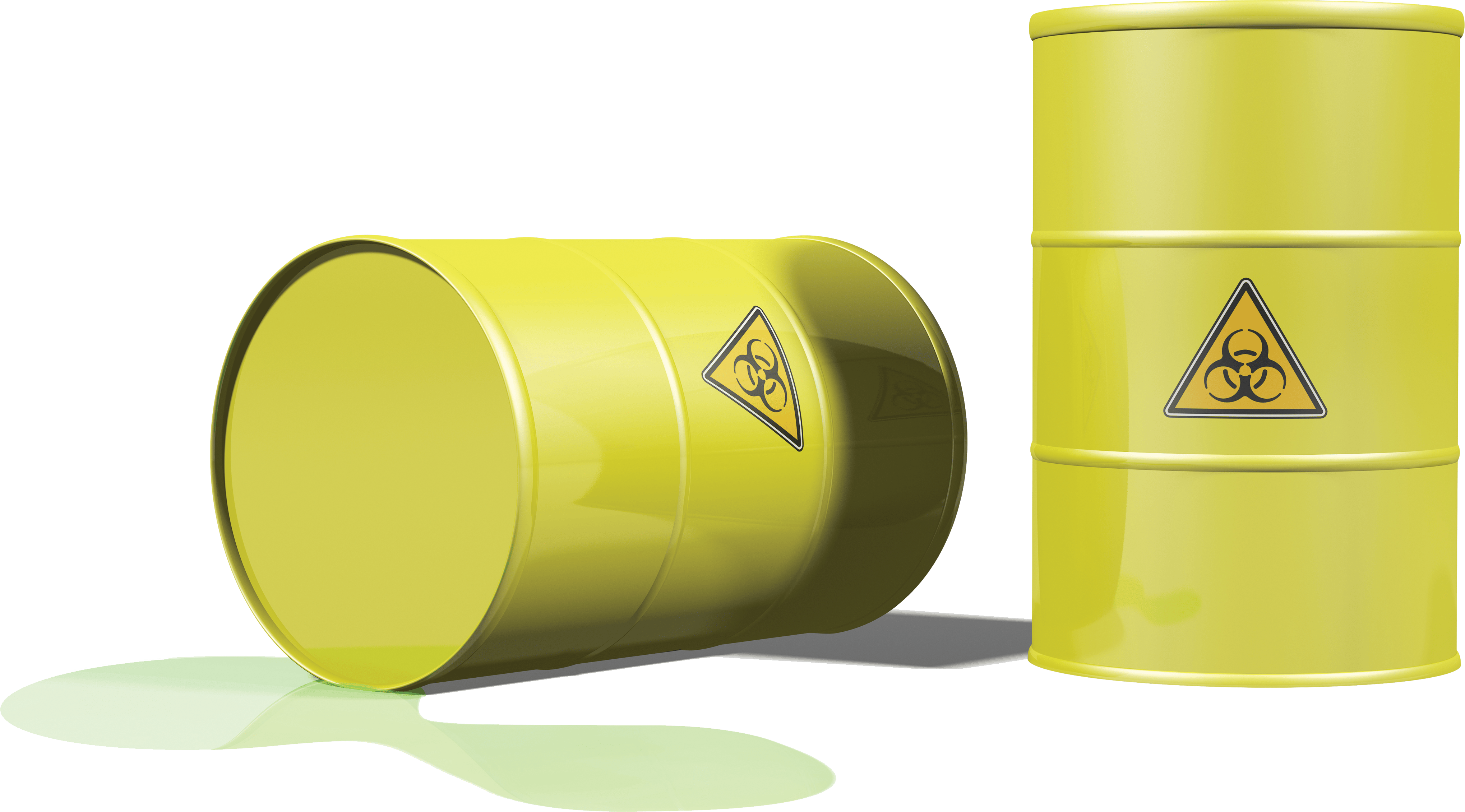

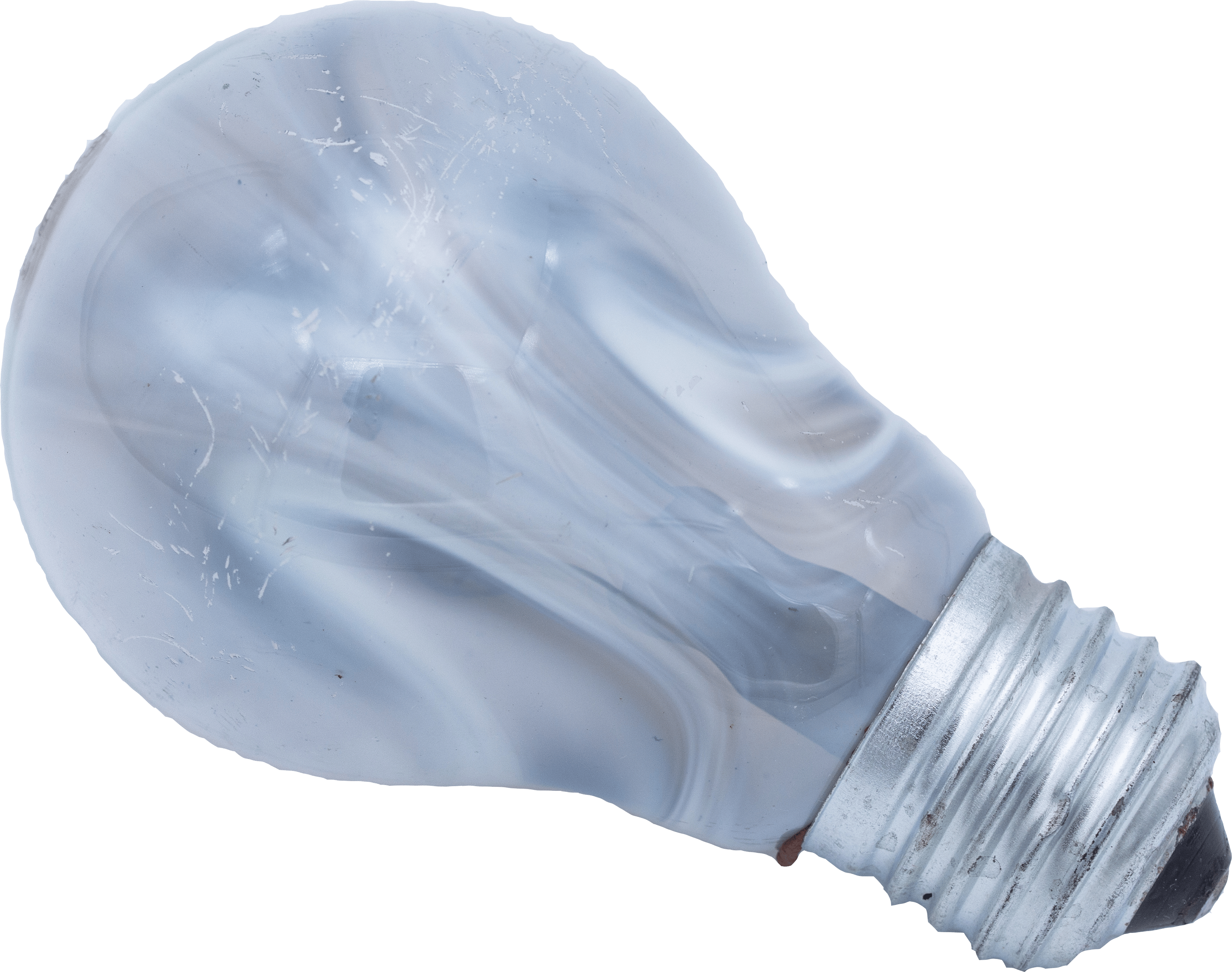

Hospital and long-term care residents
have complex needs that make relocation especially challenging. As recent events have shown, evacuating the most vulnerable in the path of a violent storm presents challenges.

Difficult Evacuations
Freezes, hailstorms, high winds and
water shortages have all disrupted the power grid in different ways. At best,
power loss is a source of business interruption; at worst, it can destroy inventory, property and equipment.
Learn More


Power Grid Outages
Learn More

Learn More

















































